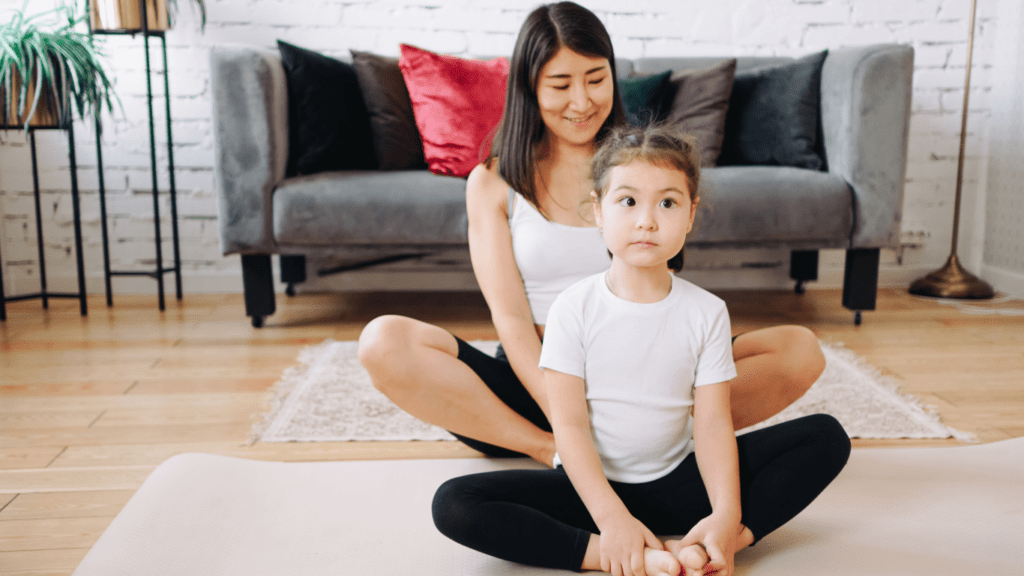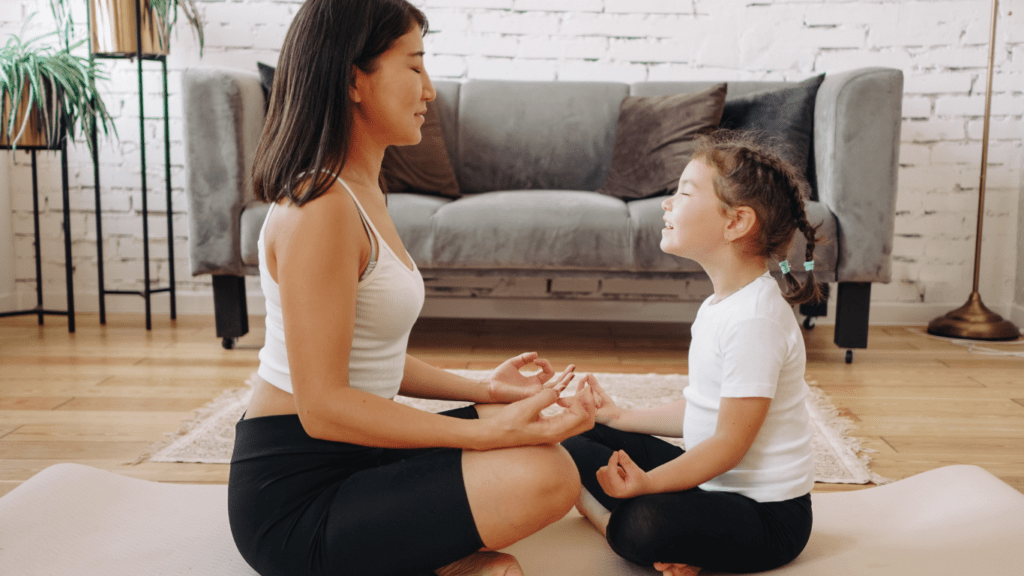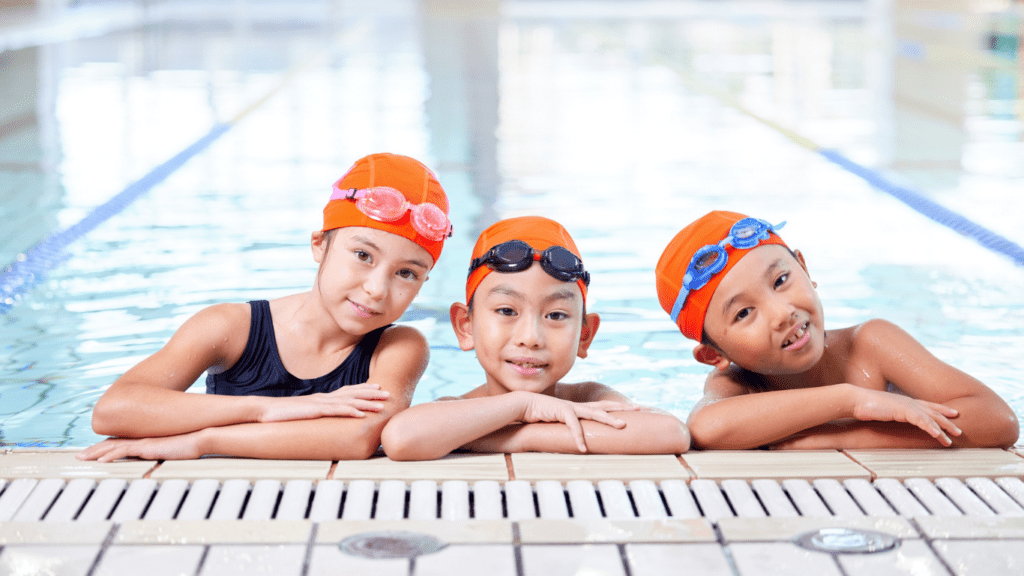In today’s fast-paced world, finding quality time with our kids can be a challenge. That’s where parent-child yoga and mindfulness exercises come in. These practices not only strengthen the bond between us and our little ones but also promote emotional well-being and physical health.
I’ve discovered that engaging in yoga together can transform our daily routine into a fun and rewarding experience. Whether you’re a seasoned yogi or a complete beginner, these exercises cater to all ages and fitness levels, making it easy for families to connect and grow together.
Let’s explore how incorporating these mindful practices into our lives can create lasting memories and foster a sense of calm amidst the chaos.
Overview of Parent-Child Yoga and Mindfulness
Parent-child yoga and mindfulness exercises serve as effective tools for families seeking to enhance their connections and wellness. These practices invite children and parents to explore movement and breath together, fostering an environment that promotes relaxation, communication, and shared joy.
Engaging in yoga helps build strength and flexibility while mindfulness techniques cultivate present-moment awareness. Through poses, families learn to support each other physically and emotionally.
Parent-child sessions often encourage cooperation and trust, as children gain confidence in their abilities and parents become more attuned to their child’s needs.
Benefits of Practicing Together
Practicing yoga and mindfulness together offers numerous benefits for both parents and children. These activities foster deeper connections, enhance physical health, and support cognitive growth.
Emotional Connection
Engaging in yoga and mindfulness strengthens emotional bonds between parents and children. It creates a shared space for vulnerability, trust, and open communication. Through synchronized breathing and movement, families develop a sense of unity, which fosters emotional intimacy.
Participating in calming practices helps children recognize and express their feelings, enhancing their emotional intelligence. Building this foundation cultivates resilience and empathy, essential traits for healthy relationships.
Physical Health
Yoga and mindfulness promote significant physical health benefits for families. These practices increase flexibility, strength, and coordination, contributing to improved overall fitness.
Engaging in fun poses together encourages active participation, motivating children to adopt a healthy lifestyle. Regular practice can help in reducing stress levels and lowering blood pressure, which benefits both parents and children.
Also, developing habits of physical activity early promotes lifelong wellness.
Cognitive Development
Practicing mindfulness and yoga supports cognitive development in children. Techniques like focused breathing improve concentration, attention span, and memory. Activities that require coordination and balance enhance motor skills and spatial awareness, critical for learning.
Mindfulness instills present-moment awareness, allowing children to navigate their environment with confidence. As I observe these benefits, I recognize how parent-child practices create a solid foundation for lifelong learning and growth.
Different Styles of Parent-Child Yoga
Various styles of parent-child yoga exist, each offering unique benefits tailored to different needs and preferences. Understanding these styles enhances the yoga experience for families.
Traditional Yoga Practices
Traditional yoga practices, such as Hatha and Kundalini, emphasize breath control, posture, and meditation. Hatha yoga blends physical postures with breath awareness, making it accessible for all ages.
It promotes relaxation and physical alignment, allowing parents and children to connect through each pose. Kundalini yoga focuses on awakening energy and enhancing spiritual awareness through specific sequences and chants. This style fosters a deeper connection, as both parent and child engage in the same energy-boosting practices.
Modern Adaptations
Modern adaptations of yoga introduce playful elements, making sessions enjoyable for children. Classes like “Yoga for Kids” incorporate storytelling and games that align with traditional poses to maintain attention and enthusiasm.
Family yoga classes often contain partner activities that promote teamwork and laughter. These adaptations recognize the unique dynamics of parent-child interactions, allowing participants to learn from one another while having fun.
Additionally, mindfulness practices are integrated into these sessions, encouraging present-moment awareness and emotional expression, which strongly benefits familial relationships.
Mindfulness Exercises for Families
Mindfulness exercises enhance family connections and promote emotional well-being. Incorporating these activities into your routine can create a peaceful atmosphere and strengthen bonds.
Breathing Techniques
Breathing techniques focus on deep, conscious breaths to foster relaxation. Engage in the following simple exercises:
- Balloon Breathing: Inhale deeply through the nose, expanding the abdomen like a balloon, then exhale slowly through the mouth, releasing tension. Repeat for five cycles.
- Counting Breaths: Count each inhale and exhale, aiming for ten. This exercise sharpens focus and quiets the mind.
- Five-Finger Breathing: Trace each finger on one hand with the opposite hand, inhaling as you go up and exhaling as you go down. This technique encourages mindfulness and regulation of emotions.
Guided Meditations
Guided meditations serve as a practical approach to practicing mindfulness together. Utilize these methods:
- Nature Meditation: Visualize a serene outdoor setting—focus on the sights, sounds, and smells. This helps families connect with nature and find inner calm.
- Gratitude Meditation: Spend a few minutes reflecting on things you’re thankful for. Share your thoughts afterwards to cultivate appreciation and strengthen family ties.
- Body Scan: Lie down or sit comfortably. Start from the toes and move up to the head, paying attention to each body part. This practice promotes relaxation and awareness of bodily sensations.
Integrating these mindfulness exercises into family routines fosters deeper connections while enhancing emotional regulation.
Tips for Successful Sessions
Creating a successful parent-child yoga and mindfulness session hinges on a few key strategies. These tips ensure an enjoyable and productive experience for all ages.
Creating a Positive Environment
Establishing a positive atmosphere plays a crucial role in yoga and mindfulness sessions. Choose a calm, clutter-free space with ample room for movement. Use soft lighting, calming colors, and age-appropriate props, like mats or cushions, to enhance comfort.
Adding soothing music can facilitate relaxation and focus. Encourage open communication during sessions; let children express their feelings and suggestions. By promoting a sense of safety and joy, participants can engage better and fully immerse themselves in the practices.
Age-Appropriate Activities
Select age-appropriate activities to maintain interest and enhance engagement. For younger children, incorporate playful elements like animal poses or movement games to keep their energy focused.
Simple breathing exercises, such as balloon or counting breaths, invite their active participation. For older children, include more complex yoga poses that encourage strength and balance, coupled with mindfulness techniques, such as body scans or gratitude meditations.
Adjust session lengths according to attention spans; shorter sessions for younger children and longer ones for older kids keep the experience enjoyable and beneficial. By matching activities to age, everyone can thrive and connect during the practice.



